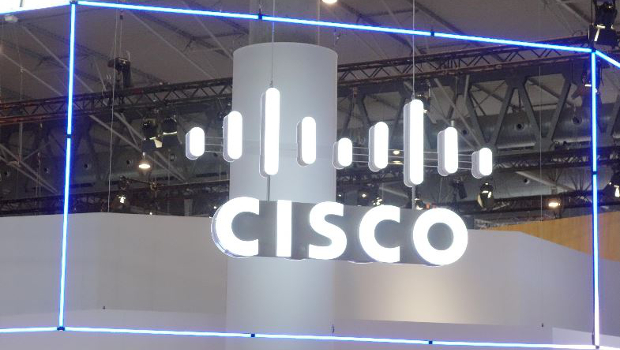
Cisco extends Meraki SD-WAN to Microsoft Azure
Cisco Meraki added to its SD-WAN portfolio with support for workloads running in Microsoft Azure cloud environments.
Specifically, Cisco said it has integrated its SD-WAN Powered by Cisco Meraki offering with Microsoft’s Azure Virtual WAN service, which will let customers automate secure connectivity between Meraki MX appliances at branch locations directly with the Azure service, regardless of geographical location.
The Meraki SD-WAN package is typically aimed at what Cisco calls “lean IT environments” and includes a variety of integrated branch connectivity, security, management, orchestration and automation support.
Microsoft Azure Virtual WAN provides optimised and automated branch connectivity to Azure services. Azure regions serve as hubs that customers connect to, and Azure Virtual WAN brings together many Azure cloud connectivity services such as site-to-site VPN, User VPN (point-to-site) and ExpressRoute into a single operational interface, the company says.
Other vendors including Check Point, Citrix, Cloudgenix, Fortinet, Riverbed Technology, Silver-Peak and Versa also have integration support with Azure Virtual WAN.
In this latest announcement, the companies say they have co-developed a toolkit that automates the process of securely connecting the branch MX appliances directly to the Azure service. The automated workflow includes built-in security features and zero-touch configuration.
The Cisco Meraki SD-WAN integration fills out the menu of work Cisco and Microsoft have been rolling out over the past year. Last autumn, Cisco and Microsoft extended their relationship to make it easier and more efficient for SD-WAN customers to set up and run direct Internet access to enterprise applications such as Office 365 and other Azure Cloud services.
In that announcement Cisco said it would integrate its enterprise SD-WAN package with Microsoft’s Azure Virtual WAN and Office365. This amalgamation lets customers extend their WAN to Microsoft Azure Cloud and, in parallel, deliver optimized, secure Office 365 communications.
SD-WANs use software to control the connectivity, management and services between data centres and remote branches or cloud instances. Cisco’s SD-WAN software lets customers set up a networking fabric to connect data centres, branches, campuses, and colocation facilities to improve network speed, security, and efficiency, the company says.
Cisco’s package includes a menu of security features including support for URL filtering, Cisco Umbrella DNS security, intrusion/detection prevention, the ability to segment users across the WAN and embedded platform security.
Cisco and Microsoft have been working for a couple of years tying together Azure and SD-WAN and other Cisco networking technology. For example, last September Cisco extended its Application Centric Infrastructure (ACI) technology and its ACI Anywhere technology to Azure to help customers grow and control hybrid, multicloud and SD-WAN environments. Cisco also added Azure Kubernetes Service (AKS) to managed services that natively integrate with its Cisco Container Platform.
More recently Cisco has touted the use of SD-WAN technology to help enterprises handle the onslaught of Covid-19 remote users.
Cisco recently added a package called Remote Workforce Routing that offers zero-touch onboarding of all remote workers’ wired and wireless devices and the company’s wireless LTE Advanced PRO for backup. The bundle also features Cisco’s SD-WAN Cloud OnRamp and Umbrella security support to let remote users access applications remotely and securely, Cisco says.
“While this solution is overkill for most workers, when connectivity is mission-critical it’s the best option. It’s also a good solution for employees who don’t have a reliable primary ISP,” Cisco said. “IT can configure this equipment so critical communications are routed over it — either all the time, or when the main link becomes burdened.”
IDG News Service




Subscribers 0
Fans 0
Followers 0
Followers